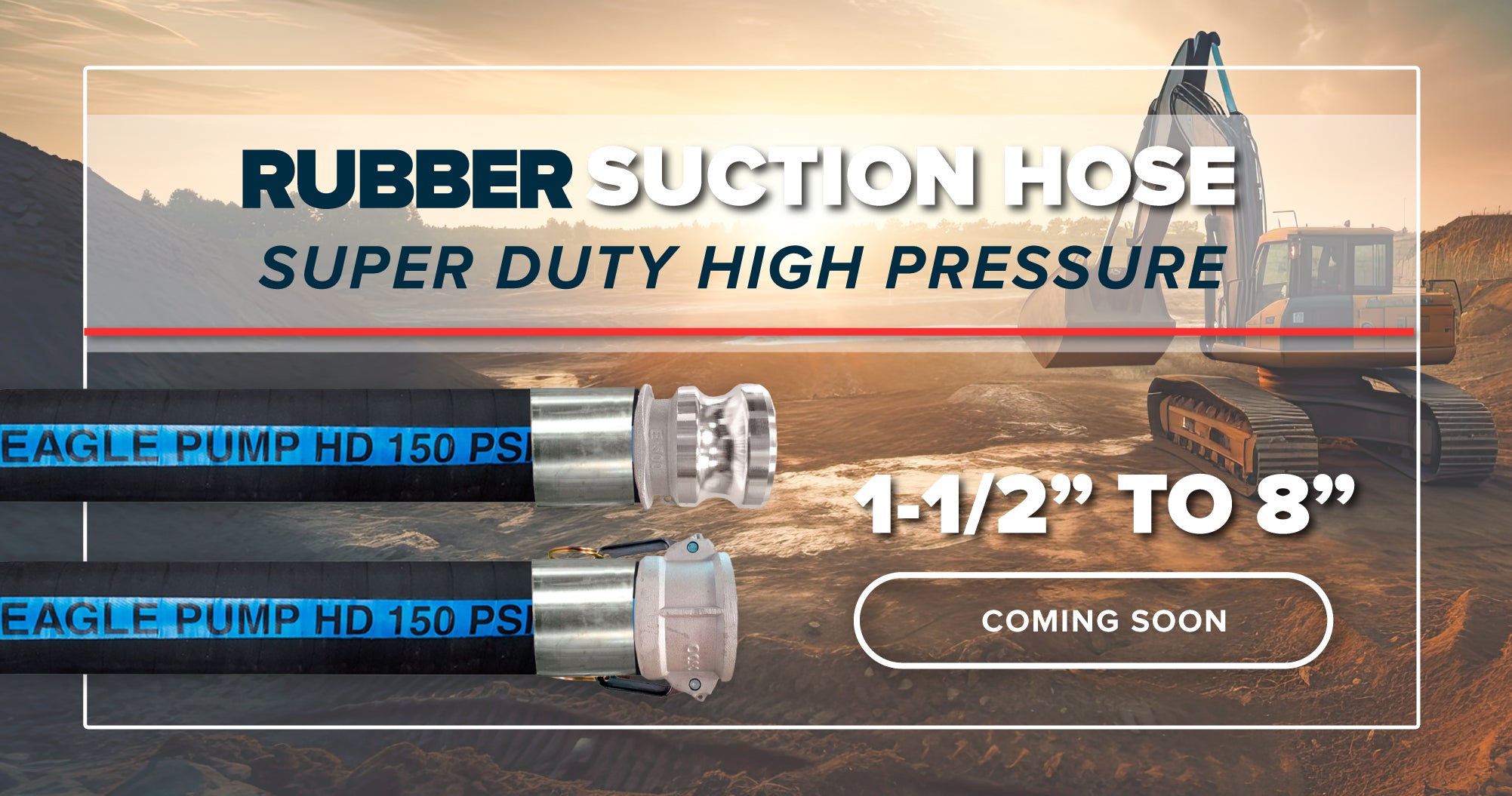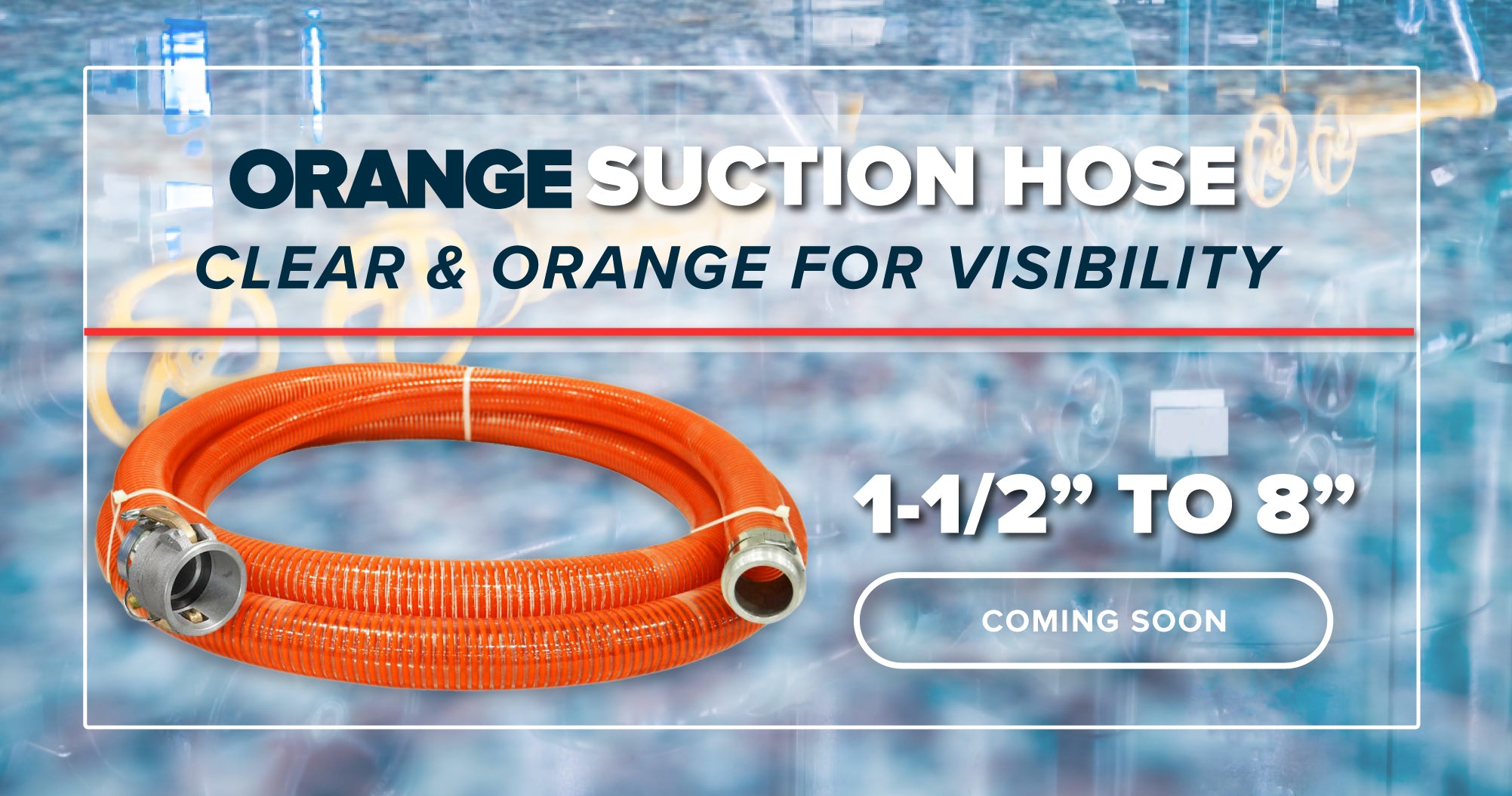Selecting the appropriate size suction hose is crucial for efficient water transfer, firefighting operations, and dewatering tasks. The size of the suction hose affects the flow rate, pressure capabilities, and overall performance of the system. In this comprehensive essay, we will delve into the factors influencing suction hose size selection, the relationship between diameter and flow rate, considerations for different applications, and guidelines for making an informed choice.
Suction hoses are essential tools used in firefighting, dewatering, and water supply operations to draw water from alternative water sources. The size of the suction hose refers to its internal diameter, typically measured in inches. Common sizes include 2 inches, 3 inches, 4 inches, and 6 inches, but other diameters may be available depending on the manufacturer and application.
Factors Influencing Suction Hose Size Selection
Several factors influence the choice of suction hose size:
-
Flow Rate Requirements: The desired flow rate of water dictates the appropriate diameter of the suction hose. Larger hoses generally facilitate higher flow rates, which are essential for firefighting and applications requiring rapid water transfer.
-
Distance and Elevation: Longer distances and higher elevations increase friction loss in the hose, affecting flow rates and performance. Larger diameter hoses can minimize friction loss over longer distances.
-
Pump Capacity: The capacity of the pump or fire engine used with the suction hose plays a significant role. Larger pumps can handle higher flow rates, necessitating larger hoses to optimize performance.
-
Available Water Source: The water source's flow rate and available pressure influence the choice of hose size. If the water source has limited flow or pressure, a smaller diameter hose might be more suitable.
-
Debris and Solids: Consider the presence of debris or solids in the water source. Larger hoses with strainers can handle solid materials better, preventing clogs and pump damage.
Relationship Between Diameter and Flow Rate
The diameter of a suction hose directly impacts the flow rate. The flow rate (Q) can be calculated using the formula:
Q = (π/4) * D^2 * V
Where: Q = Flow rate (in cubic feet per second or gallons per minute) D = Diameter of the hose (in inches) V = Velocity of the water (in feet per second)
From the formula, it is evident that the flow rate increases with the square of the hose diameter. Therefore, a larger hose diameter results in significantly higher flow rates, making it the preferred choice for applications requiring substantial water transfer capabilities.
Considerations for Different Applications
-
Firefighting: In firefighting operations, flow rate is of utmost importance to combat fires effectively. Larger diameter hoses, such as 4 inches or 6 inches, are commonly used for firefighting, especially when large volumes of water are required to extinguish flames swiftly.
-
Dewatering: For dewatering tasks, where the goal is to remove water from a flooded area or excavation, a balance between flow rate and portability is necessary. In these cases, 3-inch hoses are frequently employed as they offer a good compromise between flow rate and manageability.
-
Water Supply Operations: Water supply operations can involve various tasks like irrigation, dust suppression, and filling water tanks. The size of the suction hose will depend on the specific requirements of the operation, including the distance to the water source and the flow rate needed for the application.
Guidelines for Choosing the Right Suction Hose Size
-
Assess Flow Rate Requirements: Determine the desired flow rate for the application, considering firefighting capacity, dewatering needs, or water supply demands.
-
Consider Pump Capacity: Take into account the pump's capacity or flow rate capabilities, ensuring it aligns with the chosen suction hose size for optimal performance.
-
Evaluate Distance and Elevation: Account for the length of the hose and any elevation changes to estimate friction loss. Larger hoses can compensate for potential pressure drops due to distance.
-
Check Water Source Conditions: Understand the water source's flow rate, pressure, and potential presence of debris or solids. This information will help determine the hose diameter needed to match the water source conditions.
-
Balance Flow Rate and Manageability: Consider the application's practical aspects, such as maneuverability and portability. Choose a hose size that provides an adequate flow rate while being manageable for the intended tasks.
Selecting the appropriate size suction hose is critical for achieving optimal performance in firefighting, dewatering, and water supply operations. The diameter of the hose directly impacts flow rates, pressure capabilities, and overall efficiency. By considering factors like flow rate requirements, pump capacity, distance, water source conditions, and application-specific needs, one can make an informed choice and ensure the right suction hose size for the task at hand. Whether it's combating fires, dewatering flooded areas, or transporting water for various purposes, choosing the right suction hose size will contribute to successful outcomes and enhance overall operational effectiveness.







